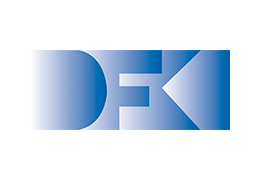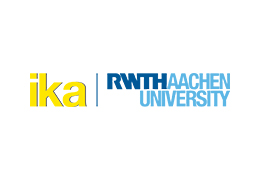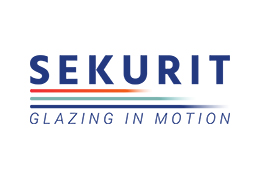Have any questions?
+44 1234 567 890
EMMI
EMMI
Automated vehicles are about to make a big breakthrough and bring unimagined opportunities to make better use of the travel time. At the same time, however, many people have a low level of acceptance for this technology because they are afraid of losing control, for example.
That is exactly what we want to change with the EMMI project.
Description
A central prerequisite for the successful market launch of fully automated driving functions is the acceptance of the technology by the users. Two decisive factors here are a sufficient degree of trust in the security of the system as well as a noticeable added value or a positive user experience.
As part of the EMMI project, these two central components are addressed through the systematic conception, development and evaluation of an empathic human-machine interface.
Conception
Development
Valuation
Aim of EMMI
is the development of an empathic human-machine interaction that provides the users of automated vehicles with the best possible support in building trust in their vehicle.
An important step here is to relieve the driver of the fear of losing control. The targeted interaction between vehicle and user creates a bond with the vehicle and learns to understand it.
Empathic communication makes it easy for the driver to understand the behavior of the vehicle, such as changing lanes or braking. In this way trust can be built up and acceptance for the technology increased.
Features and criteria
Basics

As a basis, characteristics and criteria of trust-critical driving situations are first identified based on literature and a theoretical framework for the interplay between trust and technology acceptance is developed. These work steps form the basis for the hybrid modeling of trust.
With the help of a real-life study, situations and indicators relevant to trust are analyzed. Suitable technical systems are derived from this, which enable the user to recognize the level of trust while driving. With the help of real-life, expert and user studies, the technical systems are iteratively and finally evaluated over the entire course of the project and further developed according to the results.
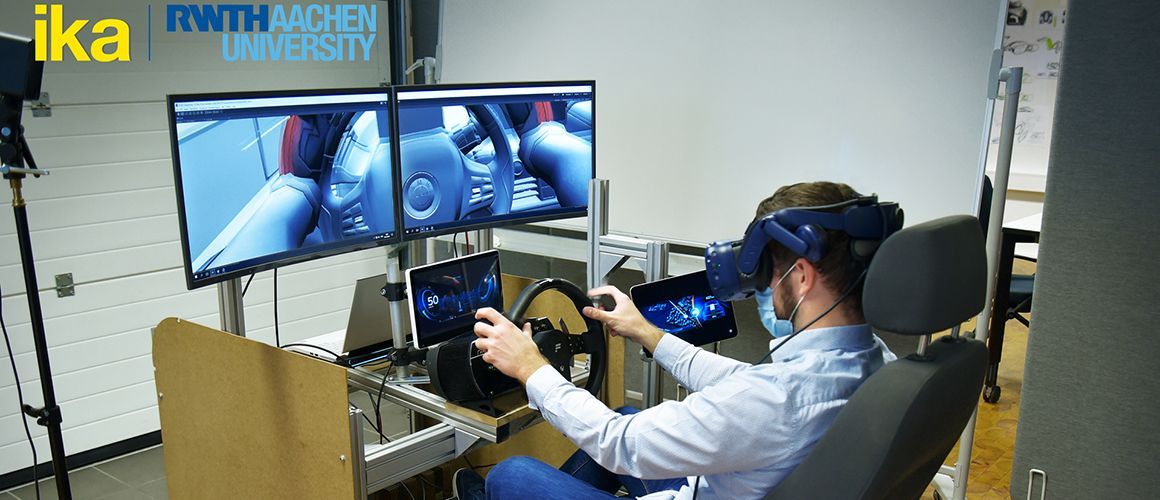
A core innovation in terms of interaction is the development of an intelligent assistant. In order to build trust, an empathic assistant is required, who includes the current user status and the context in his own actions. In addition, both the visualization of the assistant in the form of an avatar and interactions with this avatar should help to create trust and strengthen the positive user experience.
In addition, a display concept is being developed which, taking into account the traffic situation and the automation status, adapts the content, type, location and duration of the display depending on the user status. This enables the user to be more aware of the situation: the transparency created helps the user to understand the vehicle behavior, such as in the case of emergency braking or evasive maneuvers. For this purpose, display options based on holography or transparent screen technologies are developed and then glazing elements in the vehicle are equipped with them.
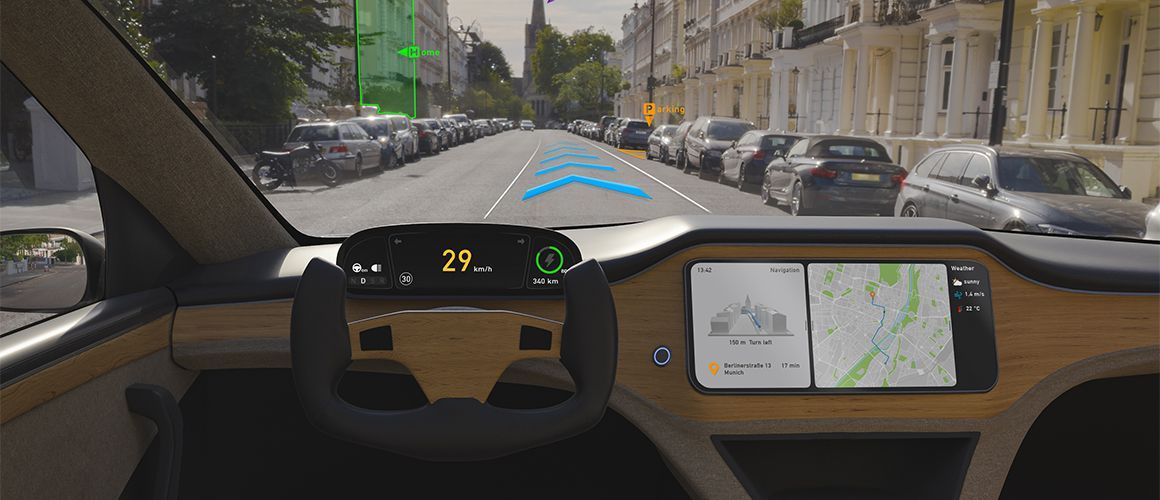
In addition, the project investigates whether and in what form passengers would like to influence the fully automated journey. On the one hand, this aims at the positive user experience, which is determined by the feeling of control over the system. On the other hand, the interaction is intended to further build trust in the system. To prove the technical feasibility, the subsystems are integrated into a demonstrator and thus made tangible and assessable.
Total project term of 3 years
EMMI started in September 2020

The EMMI project started in September 2020 and has a total duration of 3 years. The consortium is made up of interdisciplinary partners who come from both the academic and industrial sectors. A high practical relevance of the results is made possible by the participation of automobile manufacturers as later users of the technology. The project is funded by the Federal Ministry for Economic Affairs and Energy (BMWi).





